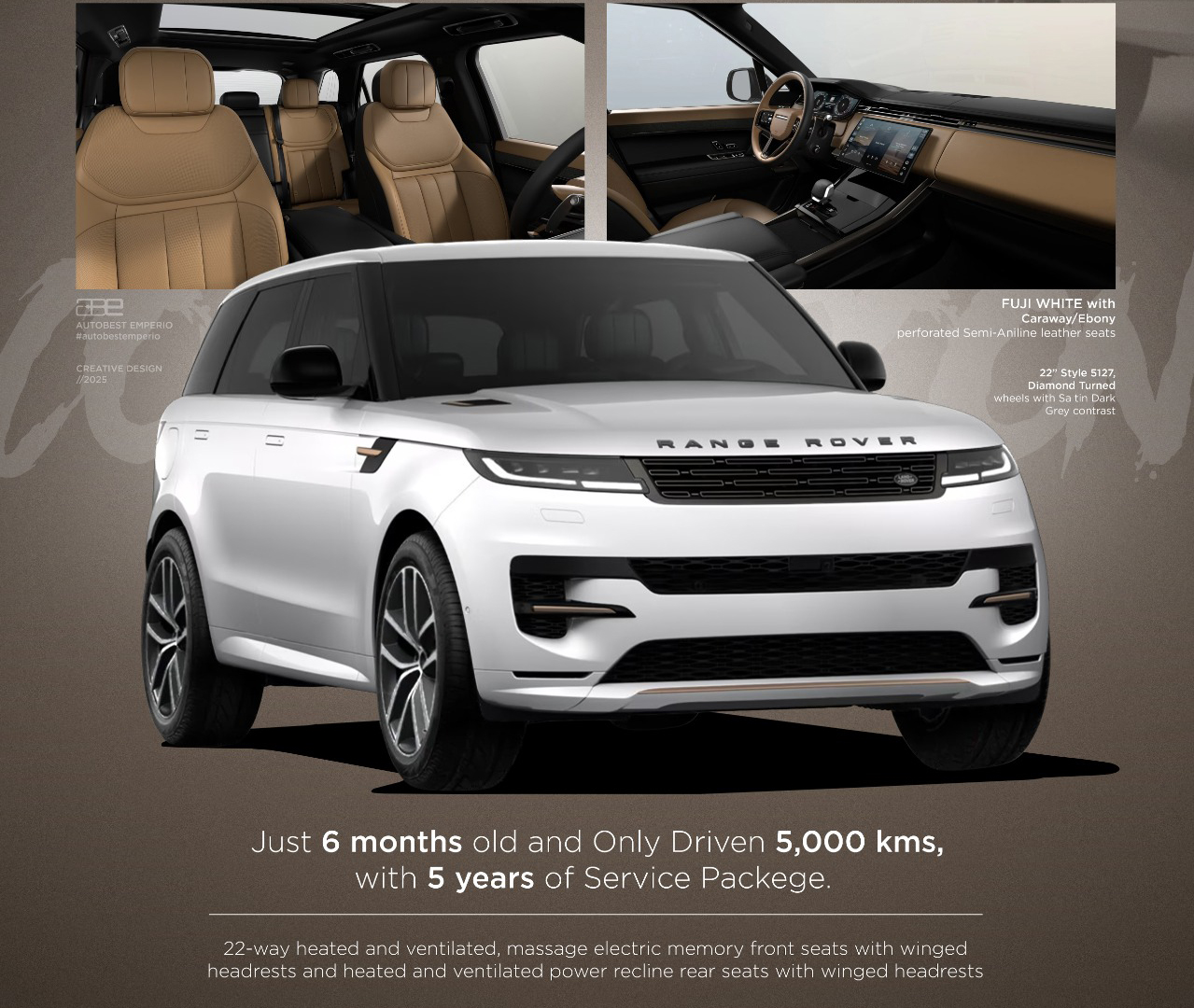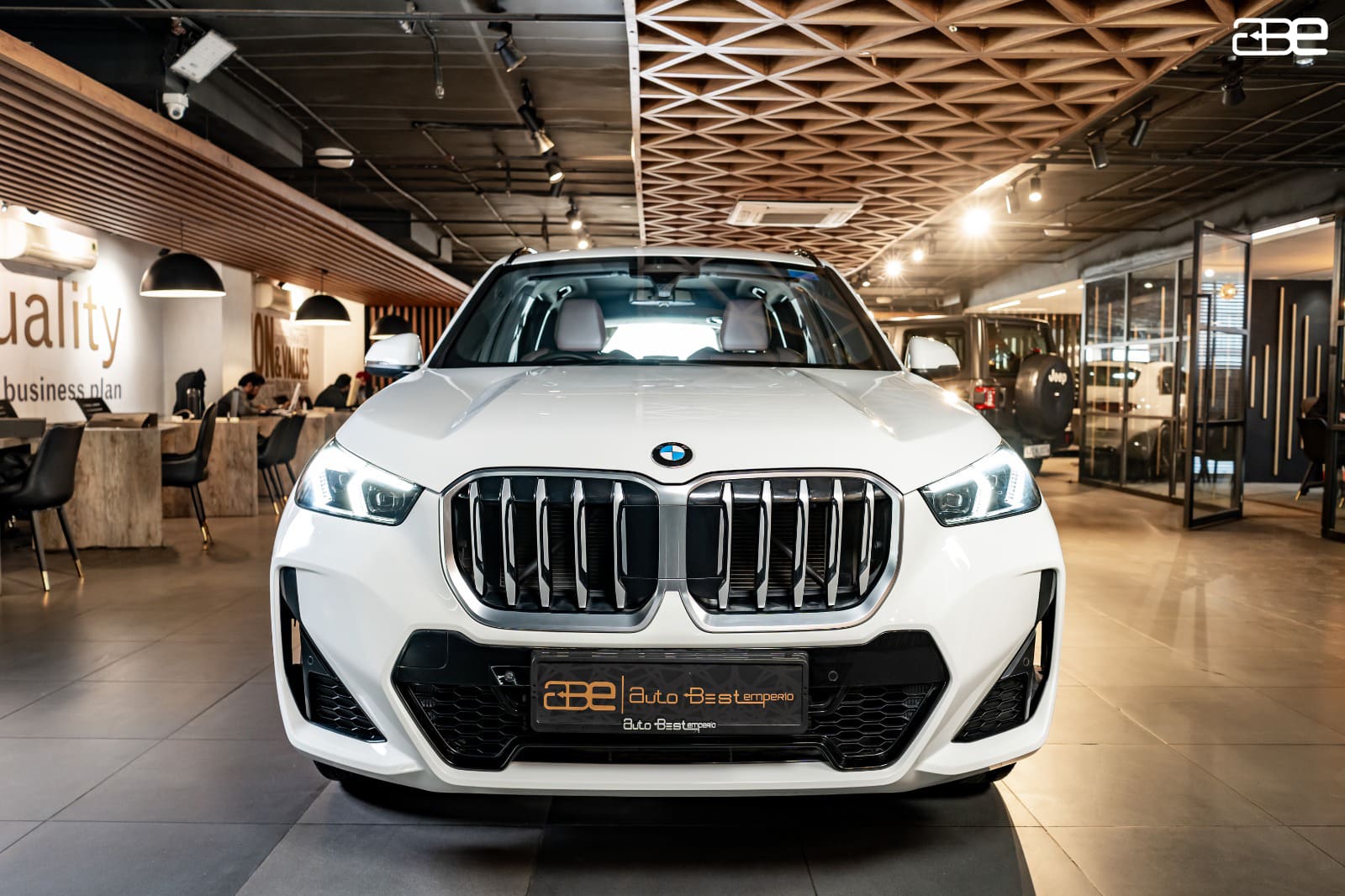BMW i Drive: What is it?

With in-car technology becoming increasingly sophisticated, the driver must stay on top of things while remaining focused on the road ahead. For more than two decades, this has been the principle behind the BMW infotainment system, which allows drivers to access and interact with many of the car's settings with no effort. iDrive is so suitable that it's become known as one of the most excellent in-car control systems available: Audi's MMI and Mercedes' COMAND systems have both followed in iDrive's footsteps.
What is BMW iDrive?
When BMW initially debuted iDrive on the 7 Series limo in 2001, it designed a system that centralised its internal management functions. The central dashboard screen, operated by a rotary wheel adjacent to the gear lever, displays navigation, audio, and phone settings. BMW has evolved and improved the BMW iDrive update over time, and it is now one of the most intuitive and user-friendly cabin controls available.
Many users initially thought iDrive was too cumbersome and a distraction from driving. It needed the driver to glance away from the road to verify the controller was choosing the right menu or sub-menu on the screen. But, like with any new technology, it quickly becomes second nature after you become acclimated to how the system works, and as BMW has enhanced BMW drive over time. Overall, users using iDrive are less likely to be distracted by the device than they would be with a BMW idrive screen setup.
Over time, BMW improved the iDrive system by adding shortcut keys around the rotary controller, and voice control has brought another degree of user-friendliness.
How does it work with iDrive?
In its most basic form, BMW iDrive incorporates a rotary controller that turns clockwise and anti-clockwise, moves forwards, backward, left, and right, and selects options by pressing down like a computer mouse. When using the more advanced versions of iDrive, the top of the control wheel can also act as a touchpad for writing characters. However, this only works if you're left-handed or agile enough to write characters clearly with your left hand. If you're right-handed, you may be better off using the voice control system.
In addition to the rotary controller, buttons at the base serve as shortcut keys to various portions of the BMW navigation system. For example, these may take you directly to the navigation, audio, phone, and automobile setup screens without having to return to the home screen – but there is a shortcut to bring you back there.
When you press these buttons, the centre console's display changes to the selected choice, allowing you to scroll up and down with the iDrive controller to choose your favourite option. Fixing these will probably bring up more sub-menus, and while it's easy to become lost in the menus, it's essential to know that the shortcut buttons will get you back to the beginning if needed.
When navigation is enabled, the iDrive controller allows you to zoom in and out of the map, while moving the controller from side to side will let you glance around. It also allows you to quickly modify the map's point of view, from 2D to 3D, and perspective styles and BMWs with larger infotainment screens may even have a split-screen view that displays comprehensive junction information alongside the conventional map screen.
The iDrive technology on more modern versions with 360-degree cameras allows you to choose which cameras you wish to watch, zoom in and out, and switch between narrow and wide-angle views.
BMW has, ironically, begun to provide touchscreen infotainment systems on some of its vehicles, but these usually come with an iDrive controller. However, we believe that the most current iDrive control system is the greatest yet because it's relatively simple to use after familiarising yourself with it. Furthermore, it does not leave any smudges on the screen.
iDrive problems
Of course, technologies like iDrive will not appeal to everyone, but the most recent systems should at the very least be trustworthy. Screens are turning the blank, sat-nav not working correctly, and the inability to read CDs were all issues with previous versions of iDrive. The connections between the automobile and the iDrive system were to blame for the problems, although newer models have a revised setup that should be more dependable.
A BMW dealer will undoubtedly charge you a considerable sum to replace an iDrive device if you're out of warranty. However, several independent businesses claim to be able to fix your iDrive system, while we recommend only going to an approved garage, ideally a BMW expert, and only after your BMW has been out of warranty.
If you have an issue with a new BMW, you may expect your next BMW service to include a software update to guarantee that all systems onboard are operating correctly.
What does iDrive future hold?
BMW's iDrive technology is still going strong two decades after its debut, and the company has grand ambitions for how it will merge with the next generation of automobiles.
BMW has suggested that iDrive will soon become more intelligent than before, sharing hazard alerts and predicting the availability of parking spots at your destination using cloud-based information gathered from other BMWs on the road. In addition, according to the business, the inside lighting will be more 'emotional,' creating a more immersive experience for drivers.
The all-important rotary wheel will continue to remain when the latest edition of iDrive debuts in the upcoming iX SUV, where voice and gesture control functions will continue to get more sophisticated. Are you interested in purchasing a used BMW? At ABE in New Delhi, you can get original, high-quality cars. All the original parts are intact in these cars, and they are serviced adequately and are in good condition.

 By Admin
By Admin









